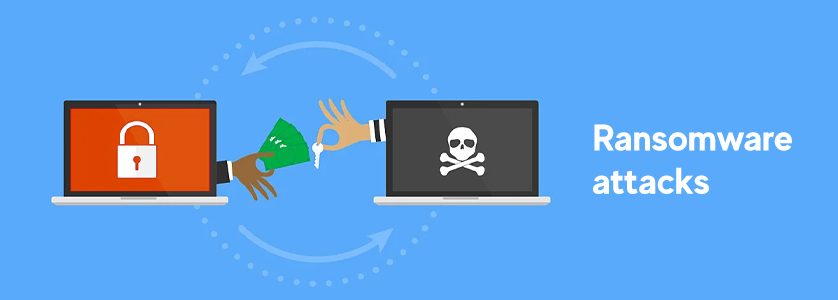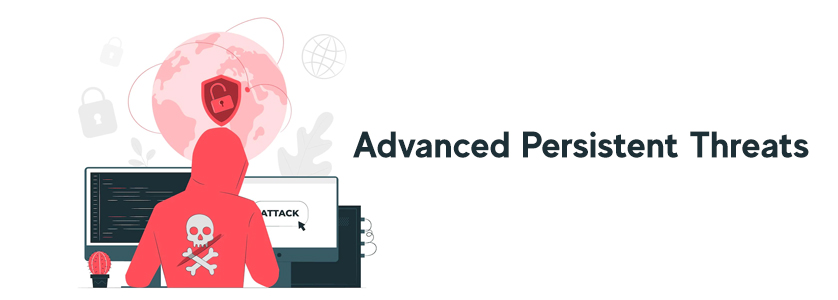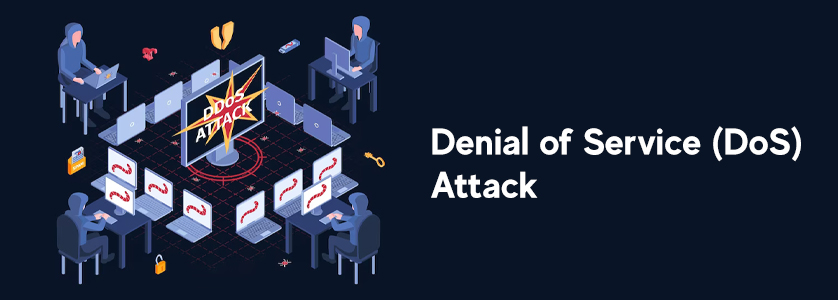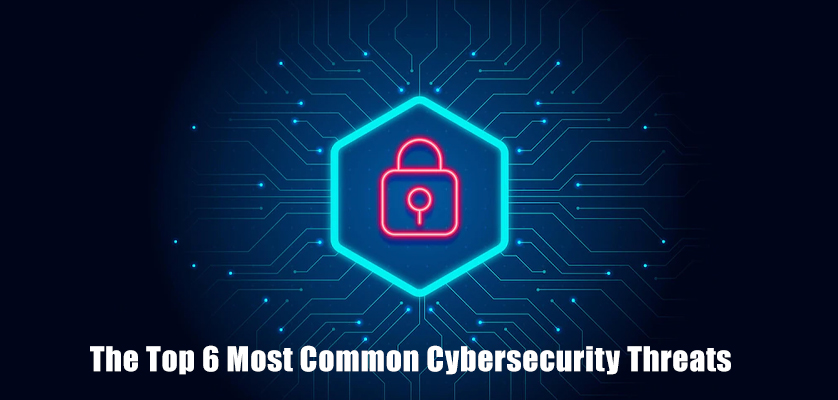Cybersecurity threats are a growing concern for individuals and organizations alike. As technology continues to advance, so do the methods used by cybercriminals to gain access to sensitive information and disrupt operations. It is crucial to stay informed about the most common cybersecurity threats in order to protect yourself and your organization from potential attacks.
In this blog post, we will be discussing the top 10 most common cybersecurity threats that you should be aware of. From phishing attacks to Denial of Service (DoS) attacks, we will provide an overview of each threat and offer tips on how to prevent them. By understanding the most common cybersecurity threats, you can take proactive measures to protect yourself and your organization from cyber-attacks.
Phishing Scams

Phishing scams are a type of cyber attack that involves tricking individuals into providing sensitive information, such as login credentials or financial information, through fake emails or websites. These scams typically use a form of social engineerings, such as posing as a legitimate organization or individual, to lure victims into providing personal information.
Phishing emails may appear to come from a bank, a government agency, or a well-known company and ask the recipient to click on a link or provide personal information. These emails often include a sense of urgency or threat, such as warning the recipient that their account will be closed if they do not provide the requested information.
Malware Infections

Malware, short for malicious software, is any software designed to harm or exploit computer systems. There are many types of malware, including viruses, Trojans, worms, and ransomware. Each type of malware has a specific purpose, but all are designed to cause damage or gain unauthorized access to a computer system.
One of the most common ways that malware is spread is through infected email attachments or by visiting infected websites. Once a computer is infected, malware can take various forms of actions such as stealing sensitive information, encrypting files, or disrupting the computer’s normal operation.
Ransomware Attacks

Ransomware is a type of malware that encrypts a user’s data and demands a ransom payment in exchange for the decryption key. Ransomware attacks can be launched in various ways, but the most common are phishing emails containing infected attachments or links to malicious websites.
Once a computer is infected with ransomware, the malware encrypts files and displays a message demanding payment in exchange for the decryption key. The attackers typically demand payment in cryptocurrency, and the amount can vary from a few hundred to several thousand dollars.
Insider Threats

Insider threats refer to security risks that originate from within an organization, such as from employees, contractors, or business partners. These Cybersecurity threats can include malicious or unintentional actions that can harm the organization, such as stealing confidential information, causing damage to computer systems, or disrupting operations.
Insider threats can be caused by a variety of factors, such as employees with access to sensitive information who may have financial or personal motives or those who may have been compromised by a phishing attack or other cyber attack.
Advanced Persistent Threats

Advanced persistent threats (APTs) are a type of cyber attack that is characterized by their prolonged, covert nature, and the sophisticated techniques used by the attackers. APTs are typically launched by well-funded and highly skilled attackers, such as nation-states or criminal organizations, and are aimed at stealing sensitive information or disrupting operations.
APTs typically involve a multi-stage attack process, in which the attackers first gain access to a network, then move laterally to gain access to more sensitive information, and finally maintain a presence on the network for an extended period of time. The attackers use a variety of techniques to evade detection, such as using custom malware, exploiting zero-day vulnerabilities, and using advanced obfuscation techniques.
Denial of Service (DoS) Attack

A Denial of Service (DoS) attack is a type of cyber attack that aims to make a network resource unavailable to its intended users by overwhelming the resource with a flood of traffic. The goal of a DoS attack is to disrupt the normal functioning of a network, website, or application, making it unavailable to legitimate users.
There are various types of DoS Cybersecurity threats, some of the most common include flooding attacks, amplification attacks, and Distributed Denial of Service (DDoS) attacks. DoS attacks can have a significant impact on an organization, as they can cause disruption to operations, damage to reputation, and even financial losses.
Conclusion – Cybersecurity Threats
In conclusion, cybersecurity threats are a growing concern for individuals and organizations alike. Each of the above threats poses a unique set of risks and can cause significant damage to computer systems, steal sensitive information, or disrupt operations.
It’s important to stay informed about these cybersecurity threats and take proactive measures to protect yourself and your organization from potential attacks. This includes educating yourself and your employees on the various types of cyber attacks, implementing security controls and technologies and regularly reviewing and revoking access to sensitive information and systems. Additionally, it’s crucial to have an incident response plan in place in case of an attack, to minimize the impact of the attack and help with the recovery process.
Read more:- Complete Digital Marketing Guide for Lead Generation

